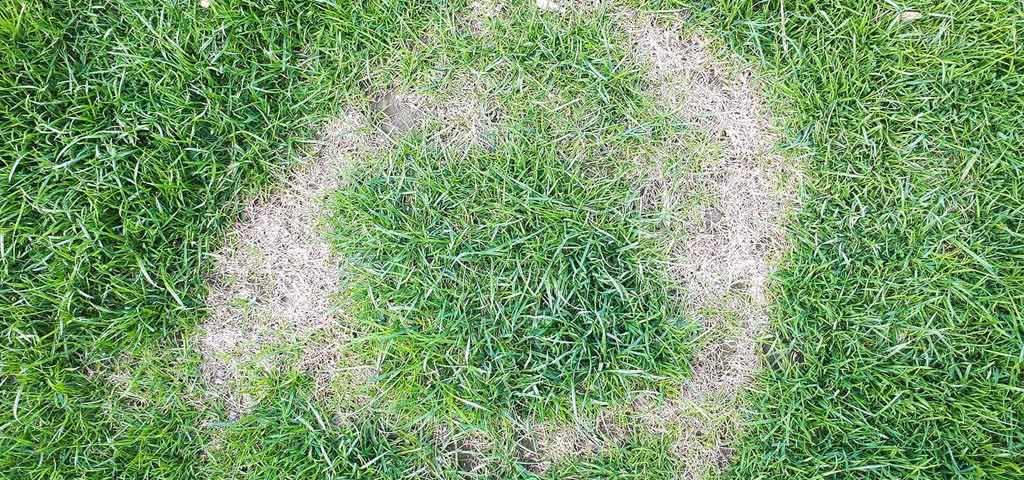Do I Need Necrotic Ring Spot Treatment?
What is Necrotic Ring Spot?
Necrotic Ring Spot is a root disease caused by the fungus Leptosphaeria Korrae and is one of several common lawn diseases in the United States. It’s frequently found in lawn areas with little to no fertilization that experience overwatering.
Without intervention, Necrotic Ring Spot will continue to spread its spores throughout the soil and destroy the roots of your turf. With its ability to lay dormant for up to 30 years, it’s a good idea to do all you can to prevent it from growing at all.
How Do I Identify Necrotic Ring Spot?
As with many brown patch lawn diseases, it can be difficult for home and business owners to diagnose Necrotic Ring Spot on their own as it resembles several other grass diseases. Misdiagnosed, it’s very possible for the fungal disease to spread, undetected under the soil, and return with a vengeance the following year or even just a few months later.
If you notice a brown patch on your lawn during cool, wet months, there’s a chance it could be a lawn disease. Necrotic Ring Spot is characterized by circles of dead or dying grass that start off small and continue to grow (as well as spread to form new spots).
Late spring and early fall tend to be Necrotic Ring Spot’s most prolific time of growth and spread. Look for clusters of brown, dying grass and collapse of the entire blade. If you pull a blade from the soil, its roots may be dark brown or black due to the present fungi.
Often, though not always, as a necrotic ring spot expands, grass in the center of the circle will slowly begin to regrow – leaving just the outer-edge brown. This ring effect is where NRS gets its name.
How Can I Prevent & Get Rid of Necrotic Ring Spot?
To avoid Necrotic Ring Spot lawn disease, make sure your lawn receives a regular, even coat of a slow releasing fertilizer. Senske can help you with that! Additionally, refrain from watering frequently, opting, instead, for deep drenches over frequent sprinkles and overwatering.
A core aeration service will help prevent the compacted soil Necrotic Ring Spot’s known to love, and regular dethatching will remove excess moisture and encourage your lawn’s roots to grow deeper. Lastly, remove dead debris and clean lawn equipment like mowers after working in the yard to reduce the spread of an existing Necrotic Ring Spot.
Get Necrotic Ring Spot Control
Diagnosing Necrotic Ring Spot and working with fungicide is definitely something best left to the Lawn Care Professionals at Senske. We’ll sample your lawn and take proper measures to stop Necrotic Ring Spot in its tracks and prevent it from spreading. Most importantly, we’ll also take care to prevent it from reappearing and leave you with tips for better prevention as well.
If your lawn or turf has Necrotic Ring Spots, contact a Senske Lawn Care professional at (877) 944-4007 or click to request an estimate online for FREE.

